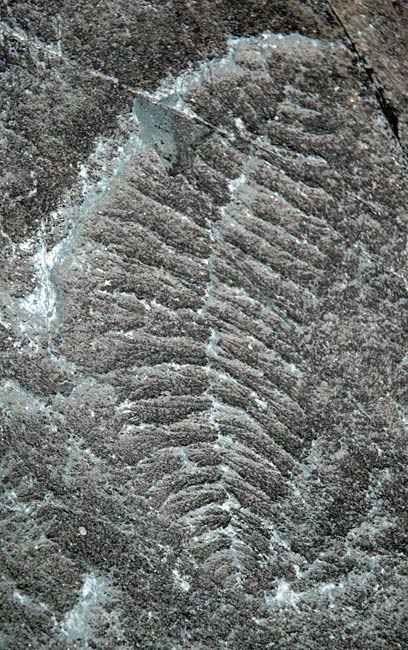Advanced Life Created in Two Ancient Explosions

Complex life on Earth may have blossomed during two "explosions," not one, a new study suggests.
Earth's biggest species diversification occurred 542 million years ago, during what's called the Cambrian explosion. But a similar and rapid burst in evolution occurred 33 million years prior, researchers now think. They've dubbed the event the Avalon explosion.
“It now appears that at the dawn of the macroscopic life, between 575 and 520 million years ago, there was not one, but at least two major episodes of abrupt morphological expansion," said Shuhai Xiao, a paleontologist at Virginia Tech.
The new study, detailed in the Jan. 4 issue of the journal Science, examines life during Ediacaran Period on Earth, between 635 million years and 542 million years ago. The authors compared 200 different species to reveal that their body types — and richness of diversity — appeared at around the same time.
Despite the first boost in diversity, however, the Ediacaran creatures all but vanished before the Cambrian explosion that followed.
"The Avalon explosion represents an independent, failed experiment with an evolutionary pattern similar to that of the Cambrian explosion," the authors said.
- Gallery: Darwin on Display
- Behind the Controversey: How Evolution Work
- Top 10 Missing Links
Get the world’s most fascinating discoveries delivered straight to your inbox.
